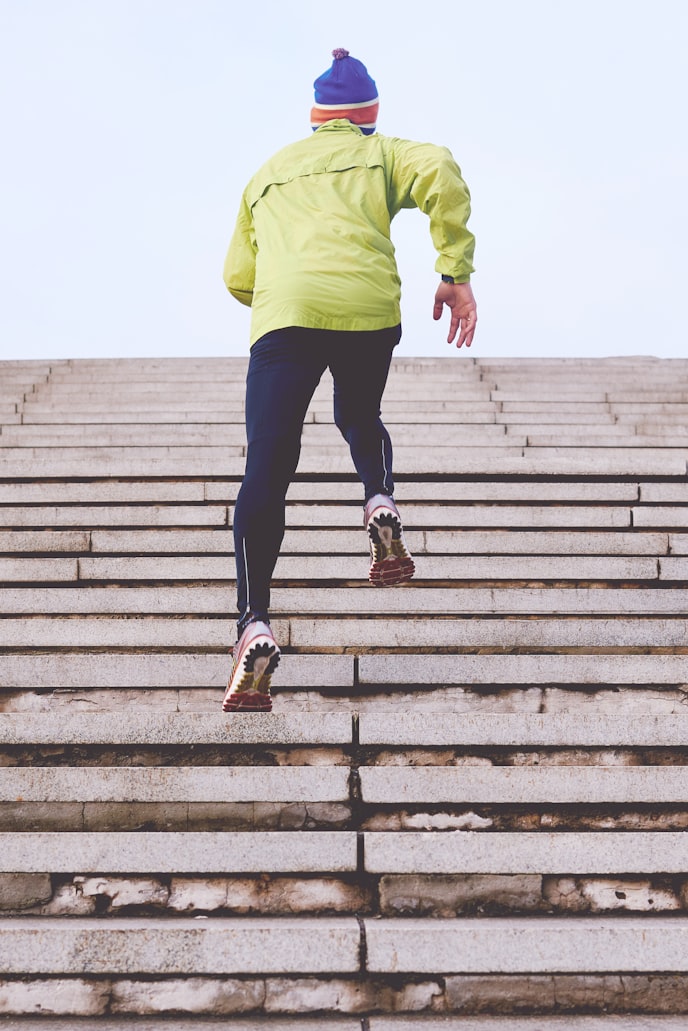What is Active Release Technique (ART)?

Created by Dr P. Michael Leahy in 1984, Active Release Technique (ART) was originally a technique used for improving an array of soft tissue disorders in athletes. In a nutshell, ART promotes faster healing, tissue recovery, and can even prevent future injuries. A result of engineering principles applied to anatomy; this technique has since been used to aid in the healing process of over 100 million people across the world.
ART is a hands-on touch and case-management system that allows the practitioner to diagnose and treat soft tissue injuries. Soft tissue refers primarily to muscle, tendon, fascia, and nerves. Specific injuries that apply are repetitive strains, adhesions, tissue hypoxia, and joint disfunction.
Who can benefit from ART?
ART can be used to treat a variety of soft tissue conditions including back pain, headaches, shoulder pain, tennis elbow, carpal tunnel syndrome, shin splints, sciatica, and knee problems. These issues, amongst others, can be resolved quickly and permanently with ART.

How is ART carried out?
Active Release Technique is a patented, soft tissue healing technique based on movement. It is used in the treatment of overexerted or mistreated muscles and soft tissue, and aids to mitigate the negative impacts of scar tissue accumulated in the body. Scar tissue hinders free movement, causing trapped nerves, pain, loss of strength and a reduced range of motion. Ultimately, with treatment, muscles and nerves are returned to their appropriate position and function is restored.
ART utilises the combination of tissue manipulation with muscle movement in order to create tension on damaged or scar tissue. Each ART session includes both examination and treatment. The practitioner will use touch to detect and target muscle damage and adhesions. The treatment process involves applying manual tension on scar tissue as well as patient-specific movements. The treatment protocols for this technique consist of more than 500 specific moves, all of them exclusive to ART.
Patient Tolerance/ Intensity:
The pressure and tension used during treatment depends on many things, such as the density of the lesion and the tolerance of. Each tissue tends to respond to slightly different methods, however, and these methods listed below:
- High tension/ low compression
- Low tension/ low compression
- Forced tension
- Delayed tension
- Fixed at lesion
- The pressure and number of passes is always limited to patient tolerance. In general, 3-5 passes over a given area is the limit. There are several indications of patient tolerance level which must be observed. Contraction of muscles and areas far removed from the treated site are in indication. 5